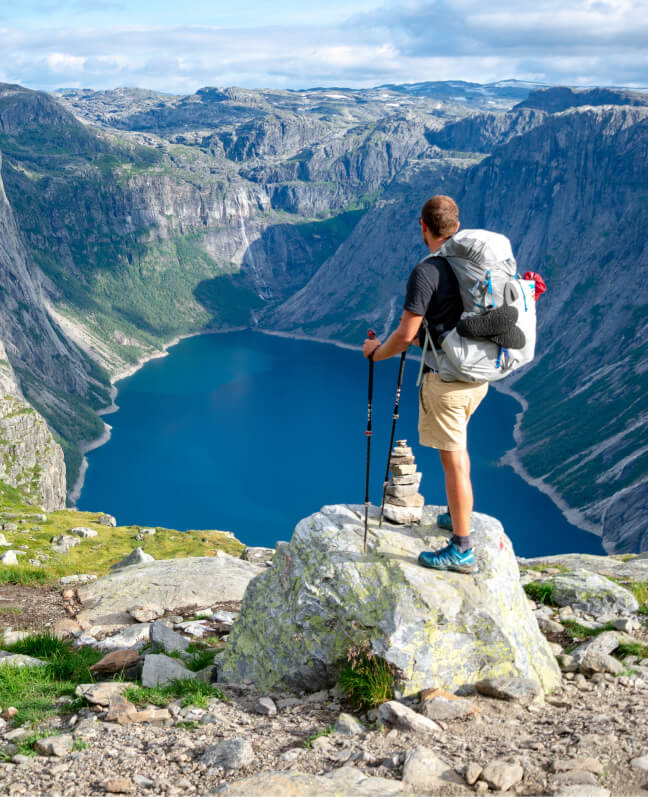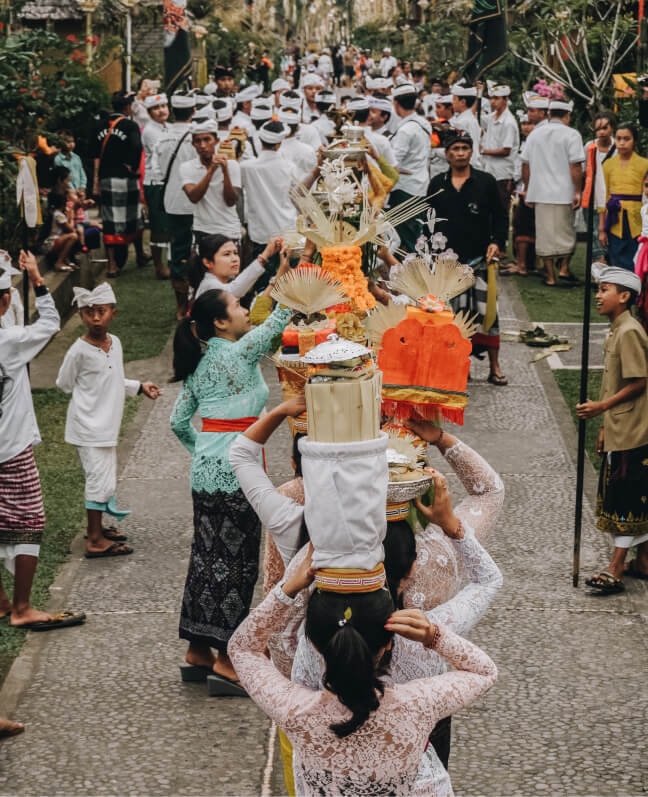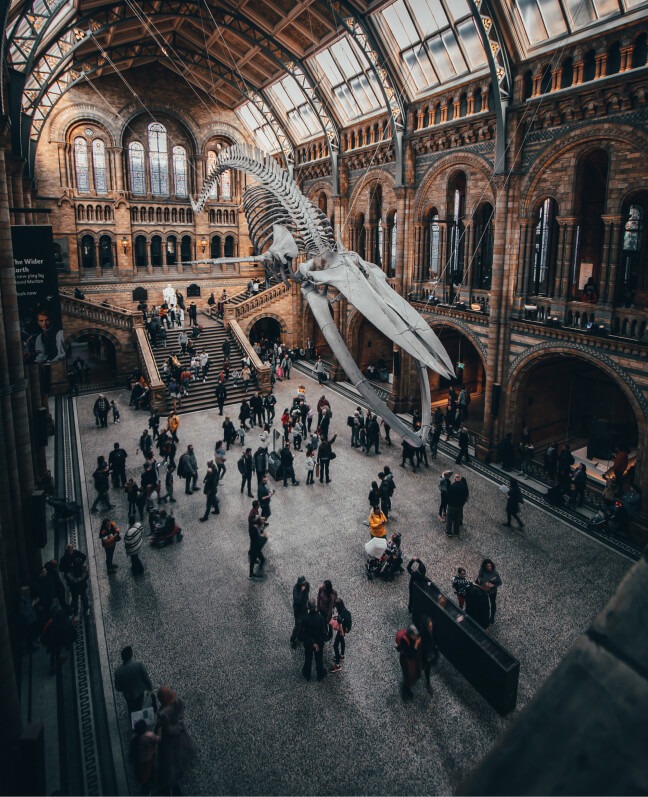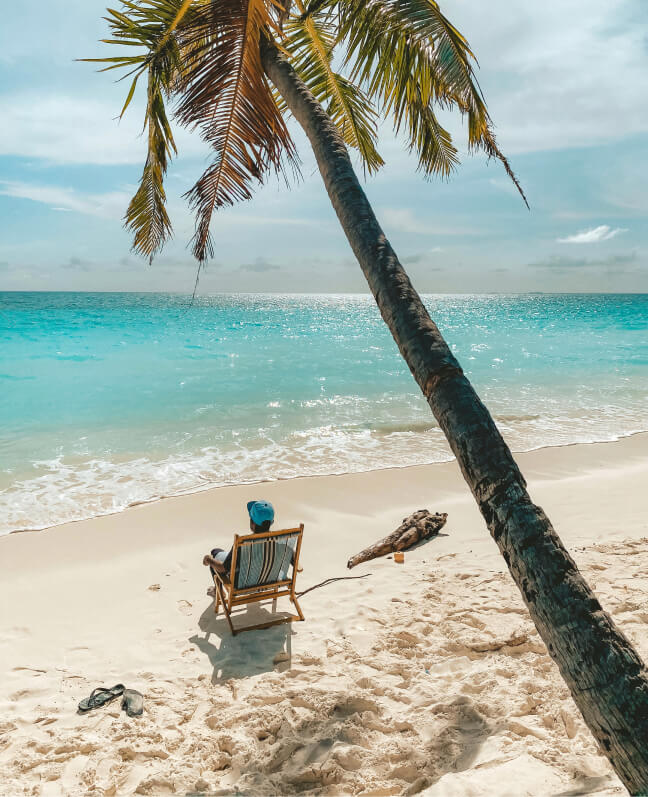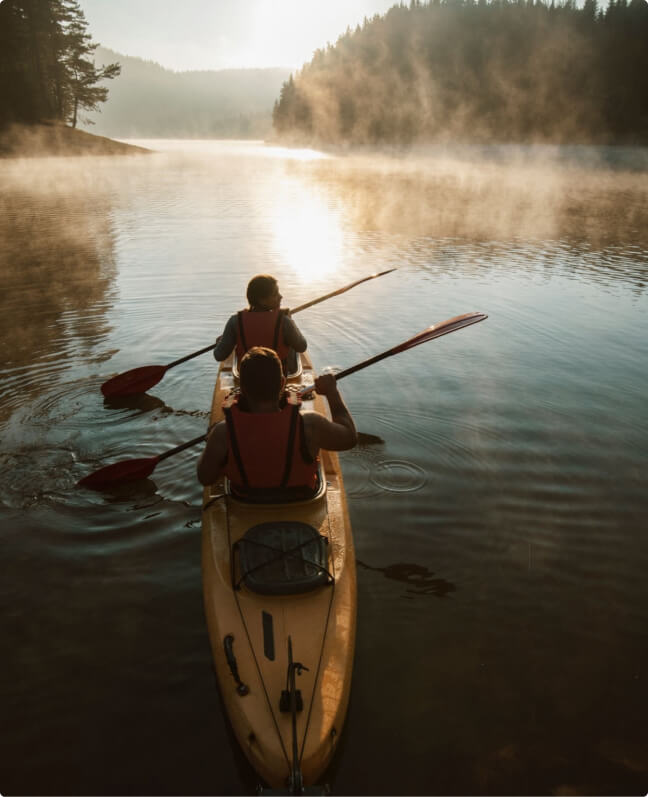Welcome To Zambia
Zambia is the land of the legendary African walking safari, Victoria Falls, the wild Zambezi River, abundant wildlife and untamed wilderness – all in one friendly country.
Blessed with awe-inspiring natural wonders, a plethora of wildlife, huge bodies of water and vast open spaces, Zambia offers unforgettable holidays exploring the real Africa.
Acknowledged as one of the safest countries in the world to visit, Zambia’s welcoming people live in peace and harmony.
And here, in the warm heart of Africa, you will find some of the finest Zambia safari experiences on the planet, including face-to-face encounters with nature at its most untrammeled.
Spectacular waterways provide adrenaline thrills or a leisurely playground for all ages. The birdlife is among the most diverse in the world.
Seventeen magnificent waterfalls, in addition to the spectacular Victoria Falls, provide avid adventurers with unique experiences and a taste of village life. Spectacular daily sunsets are almost guaranteed in this slice of paradise when on African safari in Zambia.
About Zambia
Zambia is a completely landlocked country in Southern Africa bordered by Angola, Botswana, Democratic Republic of Congo, Malawi, Mozambique, Namibia, Tanzania and Zimbabwe.
Its border with Botswana is only a kilometre (about half a mile) long while the Victoria Falls forms a natural barrier with Zimbabwe.
The Falls – traditionally known as Mosi-oa-Tunya or The Smoke That Thunders for the intense noise and colossal spray – are a major tourist attraction and Zambia a must-see on an African safari.
Zambia is also known for its unbelievable birding (around 860 recorded species!) and productive national parks like Kafue, South Luangwa and Lower Zambezi.
The country was also a pioneer in walking safaris in which you leave behind the game-drive vehicle and set out on foot, the way ancient Zambians always traversed the bush.
This is an exciting, inspiring and humbling way of encountering wildlife. One of the most water-rich countries in Africa, Zambia has five vast lakes, three major rivers, at least 17 waterfalls and various wetland areas.
In addition to major conservation areas, the country also has considerable mineral wealth. Copper is mined in the north and forms a significant part of Zambia’s income.
Lusaka, the capital, is growing quickly with over three million people calling it home. In the rural areas, subsistence farming provides a livelihood for many people.
Zambia is one of the fastest growing economies on the African continent and respectful, ethical tourism is crucial to the country’s on-going development.
Zambia Location and Geography
Zambia extracts its name from the Zambezi River, whose superb strength can be seen at the Victoria Falls in Livingstone.
Zambia is located in southern part of Africa, landlocked between Tanzania in the north east, Mozambique in the east/south east, Zimbabwe in the south, Botswana in the south west, Angola in the west and the Democratic Republic of Congo in the north.
Zambia has a latitude of 10o and 18o South & longitudes 22o and 33o East. This moth shaped country (almost) has a size of 290,566 sq miles (752610 sq km), making it one of Africa’s bigger countries.
The physical setting of the country varies between the valleys and high rising plateaus of the country. The valleys would include the famous Luangwa valley, superbly experienced in the South Luangwa National Park, with abundant species of wildlife on the floor.
The plateau would include the Nyika Plateau in the north east rising to 2,200 meters above sea level.
Topography
At the core of Zambia’s topography is the abundant flowing water, a rare commodity in other parts of Africa and sometimes a real challenge for Zambians.
The two main drainage basins are the Zambezi basin which drains the Kafue, Luangwa and Zambezi (among others) and the Congo basin in the north.
The Zambezi falls about 100 meters (328 ft) over the 1.6 km (1 mile) wide Victoria Falls into Lake Kariba, the largest man made lake in Africa and the second largest in the world. It is about 280 km long and 40 km across at its widest point.
Over most of the country the surface tends to be flat separated by small hills, the result of countless ages of undisturbed erosion of the underlying crystalline rocks.
These rocks contain the bulk of the country’s wealth in the form of minerals and the 90 mile long corridor known as the Copper belt, along the north-western part of the country.
Zambia: Culture and History
Nestled in the heart of southern Africa, Zambia is a land of diverse landscapes, ranging from the lush wetlands of the Bangweulu Basin to the rugged terrains of the Luangwa Valley.
It is a country where nature’s majesty is on full display, with the awe-inspiring Victoria Falls, known locally as Mosi-oa-Tunya, or “The Smoke That Thunders,” being a prime example.
A Blend of Ethnicities and Traditions
Zambia’s cultural tapestry is as varied as its landscapes. Home to over 70 ethnic groups, each with its unique customs, traditions, and languages, Zambia’s cultural heritage is a vibrant fusion of indigenous practices and colonial influences.
The Bemba, Tonga, Ngoni, and Lozi are among the most prominent of these groups, contributing to the rich cultural mosaic of the nation.
Historical Journey
Zambia’s history tells a story of early human civilization, powerful kingdoms, and the impact of the transatlantic slave trade and European colonization.
The country, formerly known as Northern Rhodesia, gained independence from British rule in 1964, a significant milestone that marked the beginning of a new era under the leadership of its first president, Kenneth Kaunda.
In the present day, Zambia is a peaceful nation, known for its warm hospitality and strong sense of community, embracing modernity while maintaining a deep connection to its historical roots and cultural heritage.
Historical Background
Pre-Colonial Era
Zambia’s history dates back to the Stone Age, making it a region rich in archaeological significance. The rise of Bantu-speaking tribes introduced ironworking and farming to the area, laying the foundations for later kingdoms and chiefdoms.
The Colonial Period
In the late 19th century, Zambia came under British colonial control, primarily as a source of mineral wealth. The colonial era, marked by economic exploitation and social segregation, significantly impacted Zambia’s development.
Road to Independence
The struggle for independence was characterized by growing nationalism and political activism. Zambia’s independence in 1964 was a turning point, leading to a period of social and economic transformation under President Kenneth Kaunda.
Ethnic Groups
Ethnic Diversity
Zambia’s population comprises over 70 ethnic groups. The largest and most influential include the Bemba, Tonga, Chewa, and Lozi, each with its distinct language, culture, and traditions.
Cultural Integration
While each ethnic group in Zambia has its unique cultural identity, there is a sense of unity and national pride that transcends ethnic differences. This integration is fostered through national policies and cultural events.
Traditional Practices and Beliefs
Traditional practices and beliefs, including music, dance, and storytelling, play an important role in Zambian society.
These traditions are not only expressions of cultural identity but also serve as a means of preserving history and educating younger generations.
Languages
Official Language
English is the official language of Zambia, a legacy of its colonial past. It serves as the medium of instruction in education and is used in government and business.
Indigenous Languages
Zambia is rich in linguistic diversity, with several major indigenous languages such as Bemba, Nyanja, Tonga, and Lozi. These languages are vital in everyday communication and are an integral part of the country’s cultural heritage.
Language Preservation
Efforts are made to preserve and promote indigenous languages, recognizing their importance in maintaining cultural diversity and national identity.
Cultural Highlights
Traditional Music and Dance
Music and dance are integral parts of Zambian culture, varying significantly among different ethnic groups. Traditional ceremonies often feature vibrant performances with drums, flutes, and other indigenous instruments.
The Kuomboka ceremony of the Lozi people and the Nc’wala ceremony of the Ngoni are notable for their elaborate musical celebrations.
Arts and Crafts
Zambian art is diverse, encompassing various forms such as basketry, pottery, wood carving, and beadwork. The Tonga people, for instance, are renowned for their intricate basket weaving. These crafts are not just artistic expressions but also hold cultural and symbolic significance.
Contemporary Art Scene
In recent years, Zambia’s contemporary art scene has been flourishing, with artists exploring a range of themes from traditional culture to social and political issues. Art festivals and galleries in urban centers like Lusaka are becoming increasingly prominent, showcasing the talent and creativity of Zambian artists.
How to Get to Zambia
Zambia can be reached by multiple modes of transport. Its border is 5 665km / 3 529mi long and is shared with Angola, Botswana, Democratic Republic of Congo, Malawi, Mozambique, Namibia, Tanzania and Zimbabwe.
Please check for the latest information before you enter Zambia by any means as fees, times and dates can all change without notice.
BY AIR
Please see a detailed breakdown of Zambia’s airports and airlines that fly into the country here.
Direct flights to Zambia
The following countries have direct flights to Kenneth Kaunda International Airport in Lusaka (subject to change without notice):
- Botswana – Gaborone
- Ethiopia – Addis Ababa
- Kenya – Nairobi
- Qatar – Doha
- Rwanda – Kigali
- South Africa – Johannesburg
- Tanzania – Dar es Salaam
- United Arab Emirates – Dubai
- Zimbabwe – Harare
- These countries have direct flights to Harry Mwanga Nkumbula International Airport in Livingstone:
- Kenya – Nairobi
- South Africa – Cape Town, Johannesburg and Nelspruit
Point of sale (POS) terminals, for paying visa and any other fees, are available at the following entry points:
- Kenneth Kaunda International Airport in Lusaka
- Harry Mwanga International Airport in Livingstone
- Simon Mwansa Kapwepwe International Airport in Ndola
They have been configured to accept the following bank cards:
- VISA
- MasterCard
- Maestro
- American Express
Departure tax
A nominal departure tax for international and domestic flights is usually included in airline tickets. If not, it is payable at the airport on departure. Children under two and passengers in transit are exempt.
BY TRAIN
Zambian Railways Ltd and Tazara operate the passenger trains in Zambia.
ZRL route: Livingstone – Lusaka – Kapiri Mposhi – Ndola – Kitwe Nkana
Tazara route: New Kapiri Mposhi – Dar es Salaam (Tanzania)
Although the famous railway bridge crosses the Victoria Falls between Zimbabwe and Zambia, no passenger trains currently run on it. Although fares are cost-effective, be sure to check for cancellations as other bridges or tracks often need repair.
Most of the trains have first-, second- and third-class options with a dining car for meals. First-class is the most expensive and spacious choice.
Travel by rail is scenic and offers travellers a good slice of local life but is obviously much slower than flying between destinations. Fares and meals are charged in kwacha (as always, carry small denominations to ensure change can be made).
BY BOAT
The MV Liemba is a historic ferry that runs from Mpulungu in Zambia to Kigoma in Tanzania on Lake Tanganyika.
There are first-, second- and third-class cabins available with first-class offering a private toilet, the most space and the best views.
The service generally runs every two weeks in northern Zambia but can face long delays especially as the steamship is well over a century old.
The former pontoon ferry at Kazungula over the Zambezi River from northern Botswana has been replaced by the Kazungula bridge. See the By Road section below the Kazungula border opening times.
BY ROAD
The easiest overland routes into Zambia are from Zimbabwe, which in turn is well connected to South Africa. It’s also straightforward to drive to Livingstone from Namibia’s Caprivi Strip, northern Botswana at Kasane, Malawi and southwestern Tanzania.
Expect lots of freight trucks and coaches at main centres like the Zimbabwe and Botswana borders, and build in sufficient time as crossings can take hours. Ensure you have all the correct paperwork and fees (ideally the exact amount in cash) to speed up the process.
Opening times may change without notice so check before you set off.
Angola – Zambia
Jimbe 06:00 – 18:00
Caripande / Chavunna 07:00 – 18:00
Botswana – Zambia
Kazungula 06:00 – 18:00
DRC – Zambia
Kasumbalesa 24 hours
Malawi – Zambia
Chipita / Mchinji Light vehicles: 24 hours | Commercial vehicles 06:00 – 18:00
Mqocha / Mtyocha 06:00 – 18:00
Katumbi / Hewe 06:00 – 18:00
Chipita / Kanyala 06:00 – 18:00
Mozambique – Zambia
Chanida / Cassacatiza 06:00 – 18:00
Luangwa / Zumbo 06:00 – 18:00
Chimefusa 07:00 – 17:00
Namibia – Zambia
Wenela 06:00 – 18:00
Tanzania – Zambia
Mbala 06:00 – 18:00
Tunduma / Nakonde 06:00 – 18:00
Zimbabwe – Zambia
Chirundu 06:00 – 22:00
Siavonga / Kariba 06:00 – 18:00
Kazangula Road 06:00 – 18:00
Livingstone / Victoria Falls 06:00 – 18:00
BY BUS
There are many small and family-owned bus and coach services in Zambia with variable standards of cleanliness, comfort and roadworthiness. Popular routes include from Dar es Salaam and Mbeya in Tanzania and from Lilongwe in Malawi.
If you are considering travelling to Zambia by coach, consider the following:
- Departures can be as early as 5am as journeys are long and slow.
- Paying more for an air-conditioned service with an on-board toilet and better seats will make the trip less tiring.
- Some companies offer sleeper options.
- There will be several scheduled stops along the way.
- The cross-border luggage limit is generally two pieces totalling 30kg / 66lb in weight and each not exceeding 80cmx60cmx30cm / 31inx23inx11in in dimension.
What to See in Zambia
Zambia is commonly regarded as one of the most beautiful, friendly, diverse and unspoilt countries on the entire African continent.
Aside from the majestic Victoria Falls, Zambia has more natural water resources than any other Southern African country, including a myriad of other falls dotted across the country, not to mention the famous Zambezi River.
The many national parks offer great opportunities for observing Africa’s plains game and predators, while bustling urban areas offer a taste of eclectic Zambian culture.
Game Viewing in Zambia
Zambia’s game reserves provide pristine sanctuary to a wide variety of wildlife, and boast some of the best game-viewing opportunities in the world. Explore the North and South parks on the hippo and croc-infested Luangwa River, the wide expanse of the Lower Zambezi, and the vast and little-explored Kafue.
Victoria Falls
While Victoria Falls, not surprisingly, tends to steal the limelight, Zambia has an array of wonderful waterfalls, cascades, rapids, cataracts and flumes on the many rich waterways that criss-cross the country.
Lake Mweru
Whether it’s the history and sheer size of Lake Tanganyika (the world’s longest lake) that draws you in, getting off the beaten track at Lake Mweru, or taking in the secluded beach holiday atmosphere that can be found on the banks of Lake Kariba, Zambia’s water bodies offer something for everyone.
Water Falls
As if all the lakes and waterfalls weren’t enough, Zambia is also home to the magnificent Zambezi River as well as the Luangwa and Kafue River systems, offering great fishing opportunities, adventure activities and canoeing safaris.
These are some of the most unspoilt and best-protected rivers on the continent and are home to much of Zambia’s wildlife.
Urban Centers
The expansion of Zambia’s major towns and cities has been rapid and extensive. Lusaka, the capital, is now one of Africa’s fastest-growing cities, while the historic town of Livingstone has become the ‘adventure capital’ of the country.
Things to Do in Zambia
Zambia is one of Africa’s fastest-growing economies, a trend mirrored by the ever-increasing numbers of tourists flocking to this rich and diverse Southern African nation.
Long celebrated for its peaceful history, rich and fertile land, and the incredible natural wonders of Victoria Falls and the Zambezi River, it is perhaps the sheer wealth of activities available to travellers that has seen Zambia rise up the destination rankings.
Zambia has a long heritage and well-established reputation as one of Africa’s top safari destinations and with such lush landscapes and so many different parks and safari activities to enjoy, it’s not hard to see why.
On top of this, Livingstone is known as one of Africa’s action activities and extreme sports capitals, rivalling Cape Town in South Africa and Swakopmund in Namibia.
Zambia is also one of the safest countries in Africa, making it easy to get out there and experience it in all its glory. And if all that activity gets a little too much, there are many more leisurely options, too.
Adventure Activities
Zambia offers a range of experiences, from more sedate excursions such as guided walks under the famous railway bridge to the more adventurous options like white-water rafting down the raging rapids of the incredible Zambezi or bungee jumping over Batoka Gorge.
Leisure Activities
When it is time to kick back and enjoy time off, Zambia doesn’t disappoint. Unwind in a luxurious spa, play a round of 18 holes, explore a village or go on a sunset river cruise. While many people think that Zambia is a destination only for adrenaline junkies, there is a lot to do that will help you relax and de-stress during your time in this magnificent destination.
Safaris in Zambia
Zambia is home to numerous fantastic national parks and a wide spectrum of Africa’s most interesting flora and fauna. And there are any number of ways to enjoy this wilder side of the country and entice both safari first timers and old hands.
Leisure Holidays
For those of you who have seen enough wildlife or had their fair share of adrenaline rushes, and prefer to take things easy, Zambia has plenty of quiet and peaceful places to enjoy a spot of fishing or a relaxing cruise on a private houseboat.

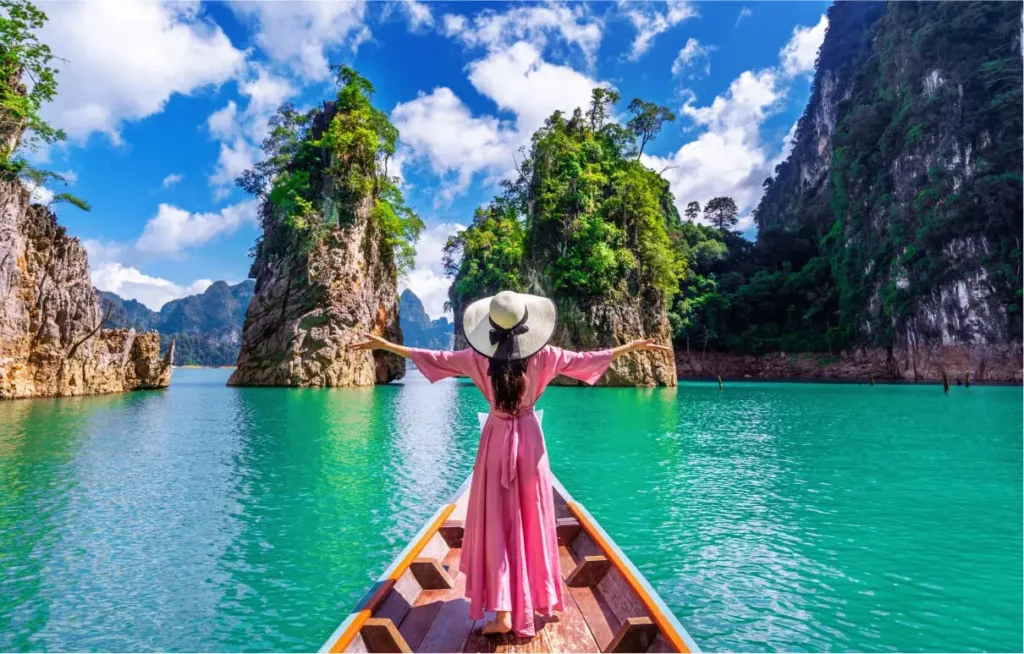



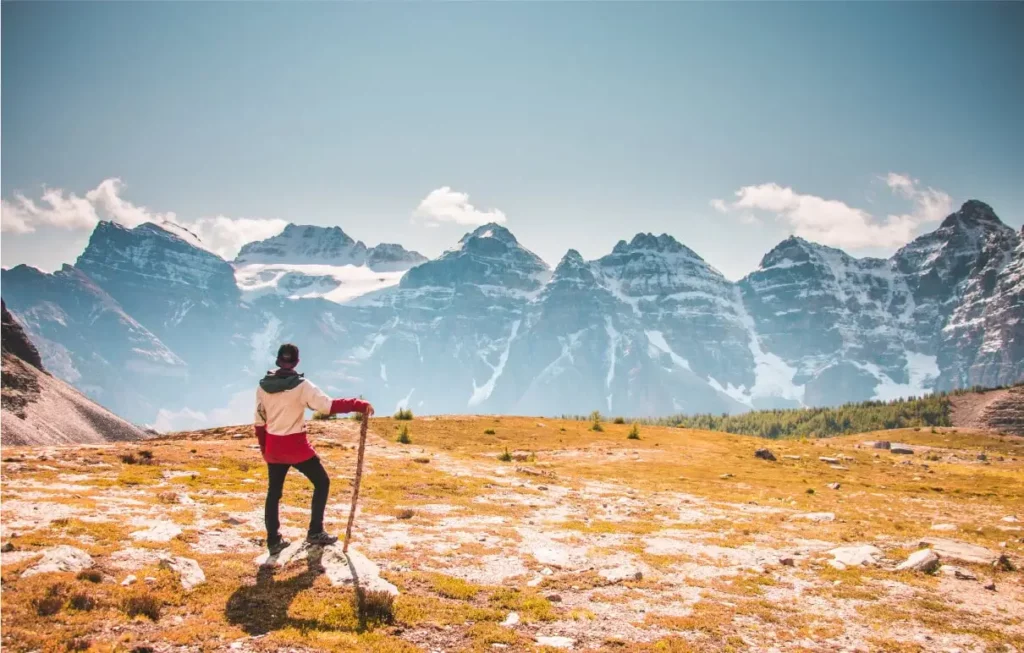
Heaven On Earth
Zambia is a safari enthusiast’s dream with around 40 percent of the country’s land allocated to national parks or other types of conservation.
Not only is there an array of some of the world’s biggest and best game parks to choose from, such as the vast Kafue or famous South Luangwa, there are also many safari activities available too.
Whether it’s a canoeing safari along the game-rich shores of the Lower Zambezi or following in the footsteps of the pioneers into the Zambian interior on a walking safari through North Luangwa, you are sure to find something in the country spectacular wildlife and scenery to thrill and amaze you.
- Exploring ancient ruins, historical landmar.
- Immersive cultural experiences, local.
- Hiking, trekking, extreme sports, and out.
- A romantic destination like Paris, Venice.
- Kid-friendly activities, theme parks family.
- Premium accommodations, gourmet.




